The new year is upon us, and it’s time to start thinking about a new look for your yard. Of course, a little bit goes a long way when it comes to landscaping, especially when it comes down to the finances of it.
Instead of decided to overhaul your entire yard, why not make a little change here and there. Try replacing one plant instead of an entire row of them. Replace that one plant with an exquisite, bright colored shrub, such as one of these featured in this February BRIGHT showcase of plants. All of the below featured plants have one thing in common, can you pick out what it is?
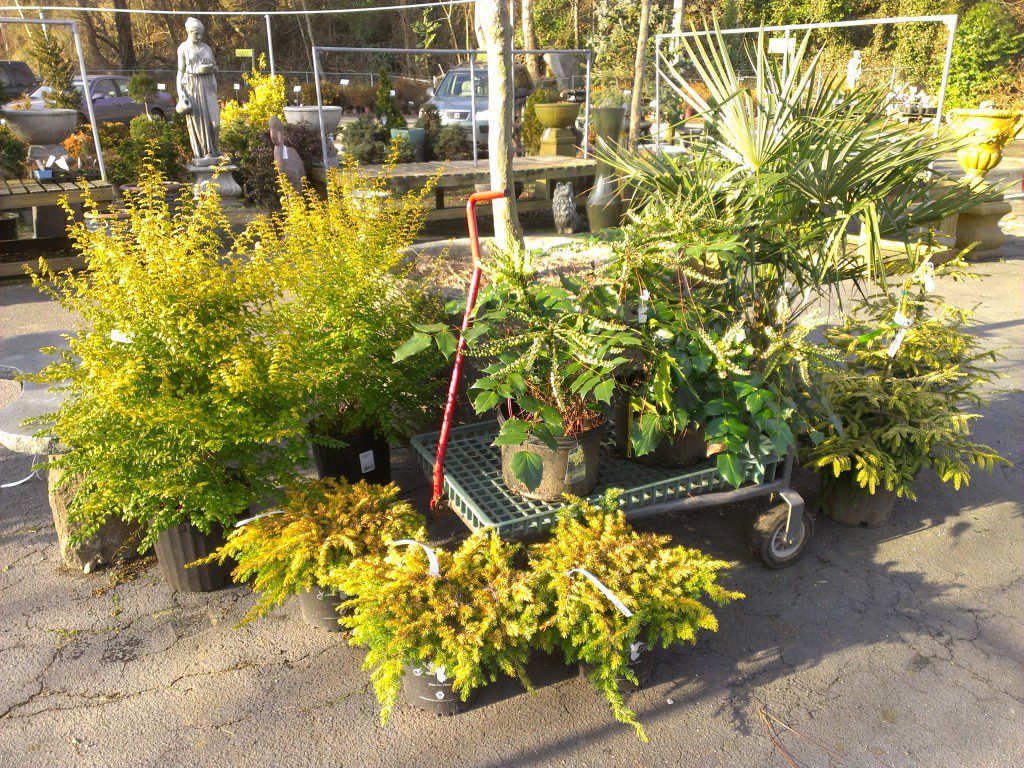
The plants featured here all will create a dramatic pop of color without having to overhaul your entire landscape. Bright foliage or interesting flowers will be sure to create some drama in your landscape, even if it has become old and boring (like some of do tend to do)
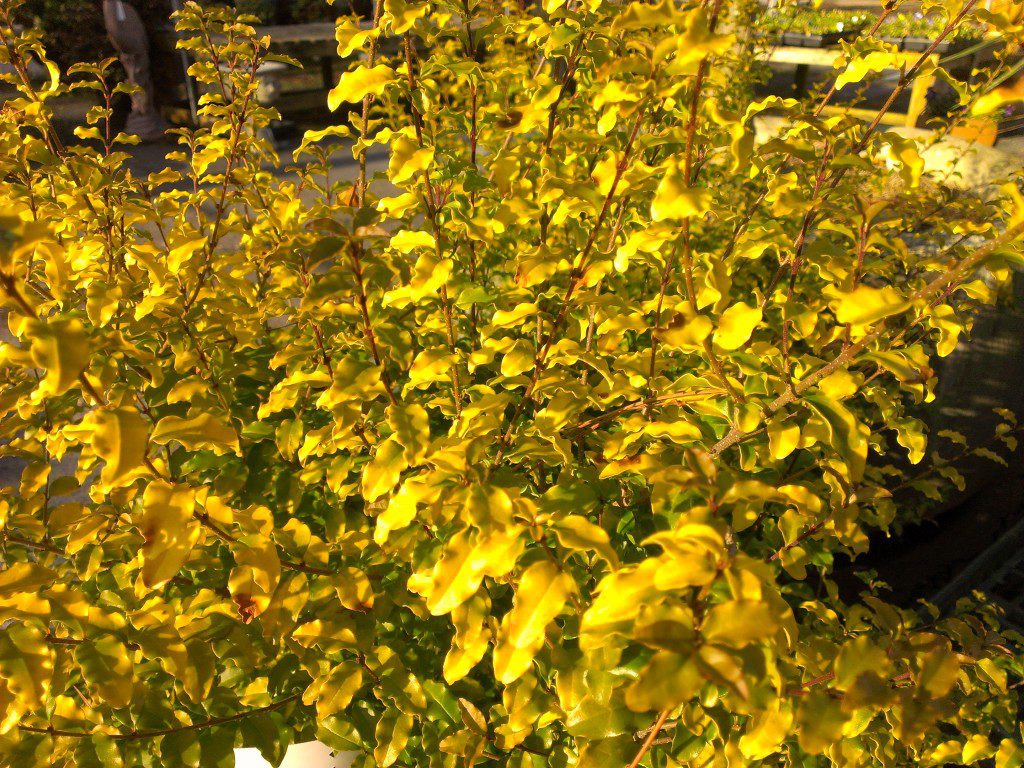
The ‘Sunshine’ Privet is a fantastic alternative to other, more boring hedging shrubs such as waxleaf Ligustrum. The tiny, almost boxwood shaped leaves appear a more vibrant yellow towards the ends of the branches which makes the shrub appear more dimensional than flat (meatballish). The yellow remains throughout even cold, harsh winters and the shrub takes a sturdy pruning without complaining!
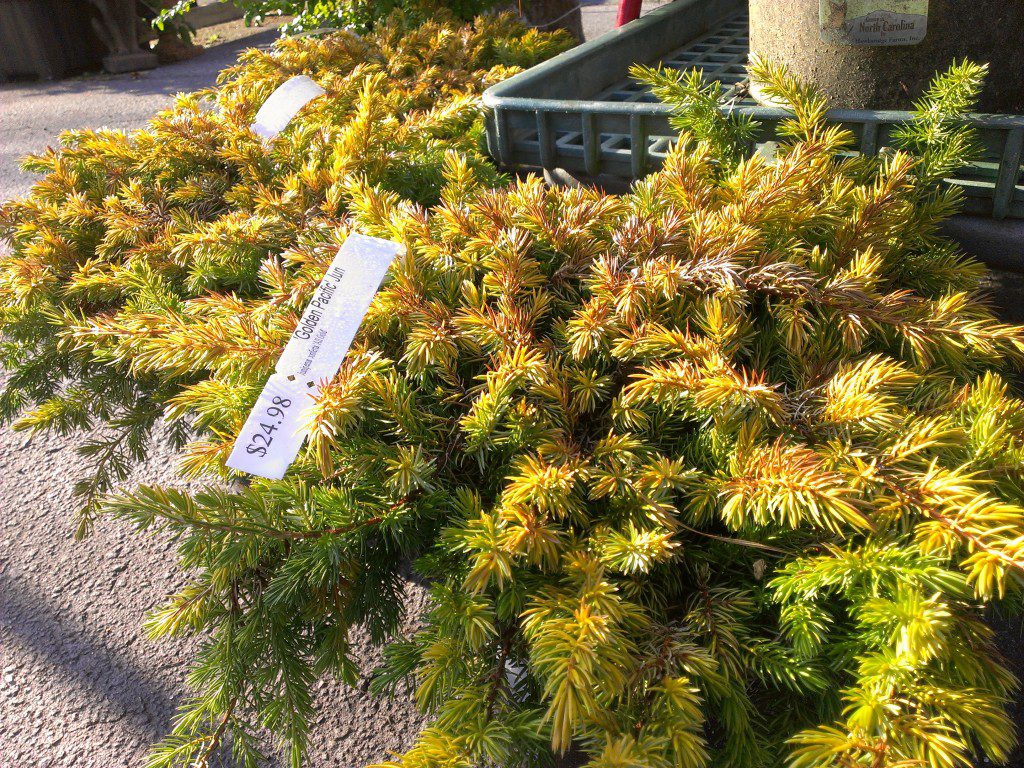
The Golden Pacific Juniper is tough as nails, but pretty as a picture. Unlike most other Junipers, this one has a bright foliage that stays bright all year long. In the wintertime, it creates excitement in the landscape where other plants typically defoliate or mellow in tone. These will stay low to the ground, and typically make a great foreground planting. Use these in masses to create a dramatic effect.
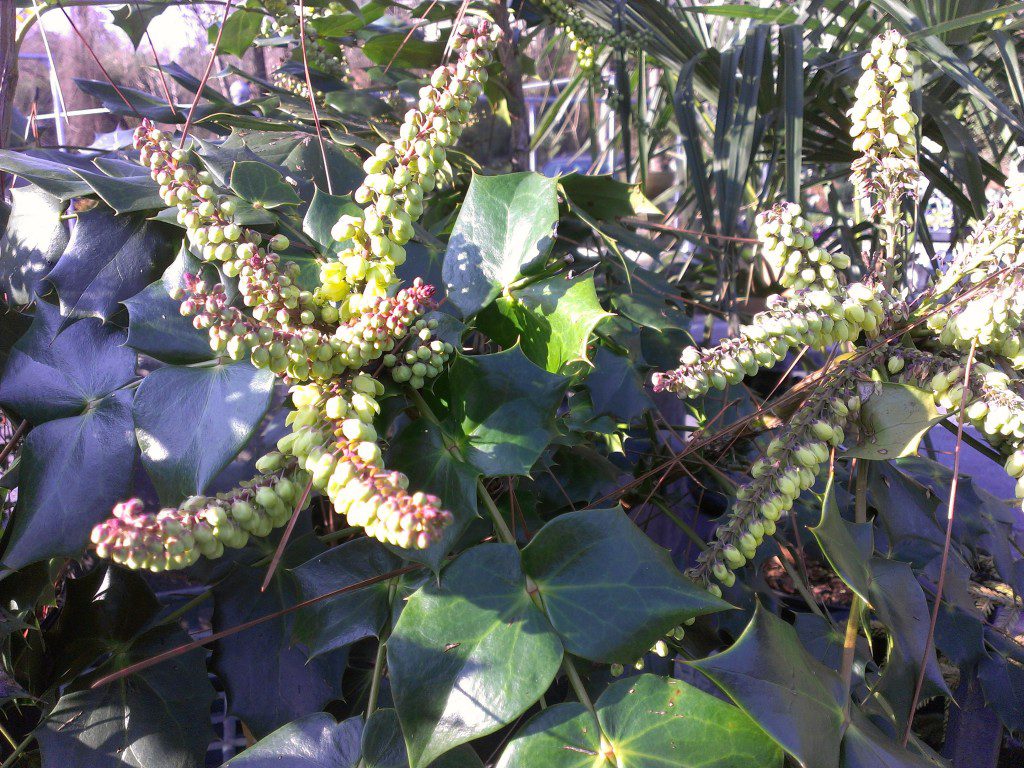
Hollies are overused, it’s as easy as that. Why not use something like the Mahonia which not only give you a similar leaf shape, but a snazzier flower. In late winter, long strands of flowers appear upon the dark green foliage and drip off of the ends of the bush almost like earrings from an earlobe. The yellow pops out at the viewer and will bloom before most bugs are out and about. What a win-win situation, flowers and no bugs! These are incredibly tolerant to poor conditions and make great hedging plants!
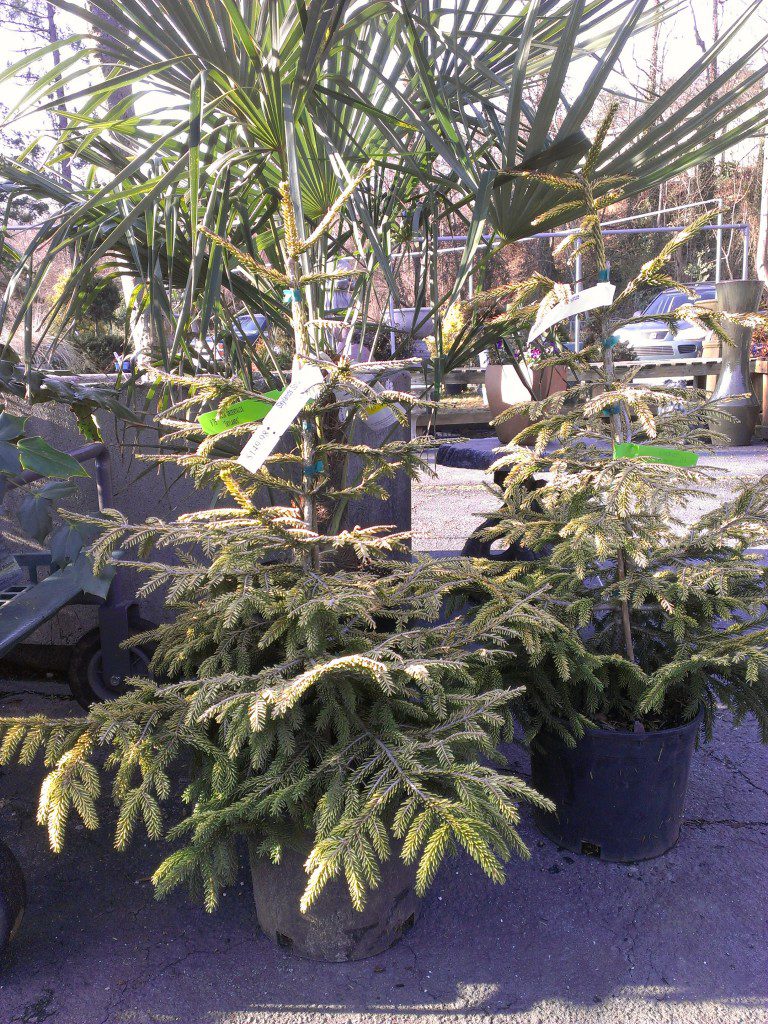
Skyland Spruce are unique, not only because they’re bright in color, but because the branching habit is very informal and almost Japanese looking. These evergreen are best suited in larger areas and would make a great substitution for a garden that has a Japanese Maple that has lost it’s interest. Hardy, but lime the soil occasionally to keep the Ph High.
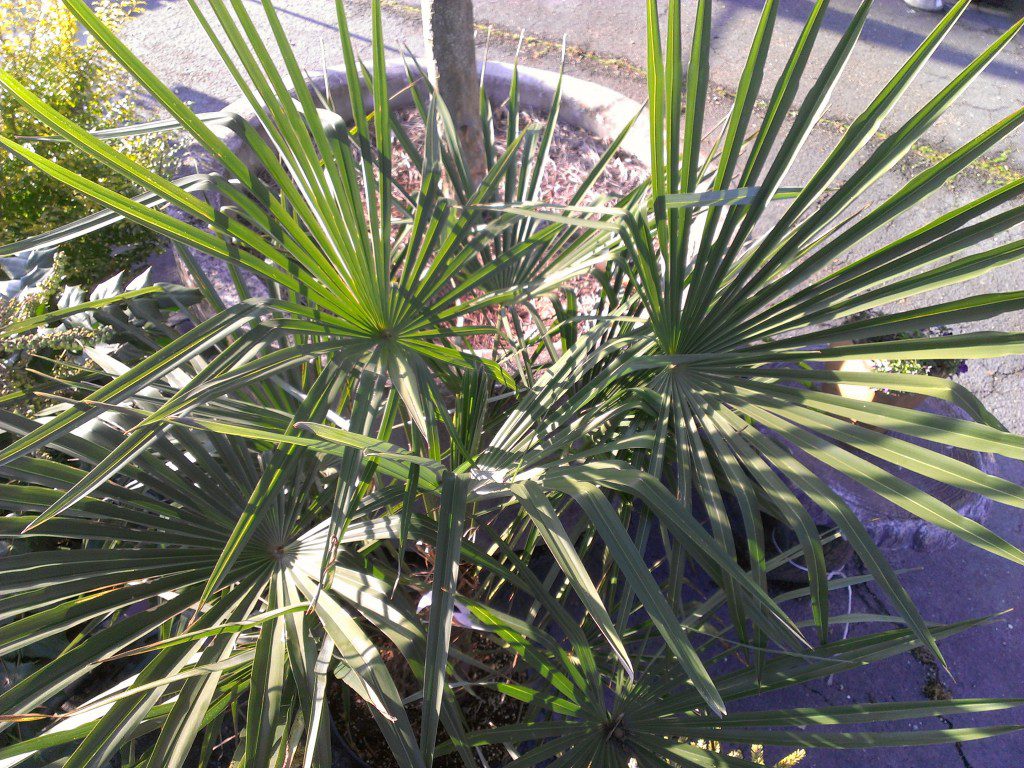
The Windmill Palm is the hardiest palm for our area. Without having to worry about it dying in the winter, you can focus on more important things, such as planning on your annual plantings and doing your taxes. The Windmill Palm will grow up to be a “palm-like” tree but it takes it’s time getting there. In it’s youth it makes a fantastic bushy looking small tree, but it will grow up to reach for the sky and give that traditional lollipop shape. The foliage turns a more chartreuse color in the winter, but the deeper green will return in the spring.




